What to Expect at the 2025 RHA Annual Conference
The 2025 Renal Healthcare Associate (RHA) Annual Conference is just around the corner, and it is one of the most important events for the kidney care...
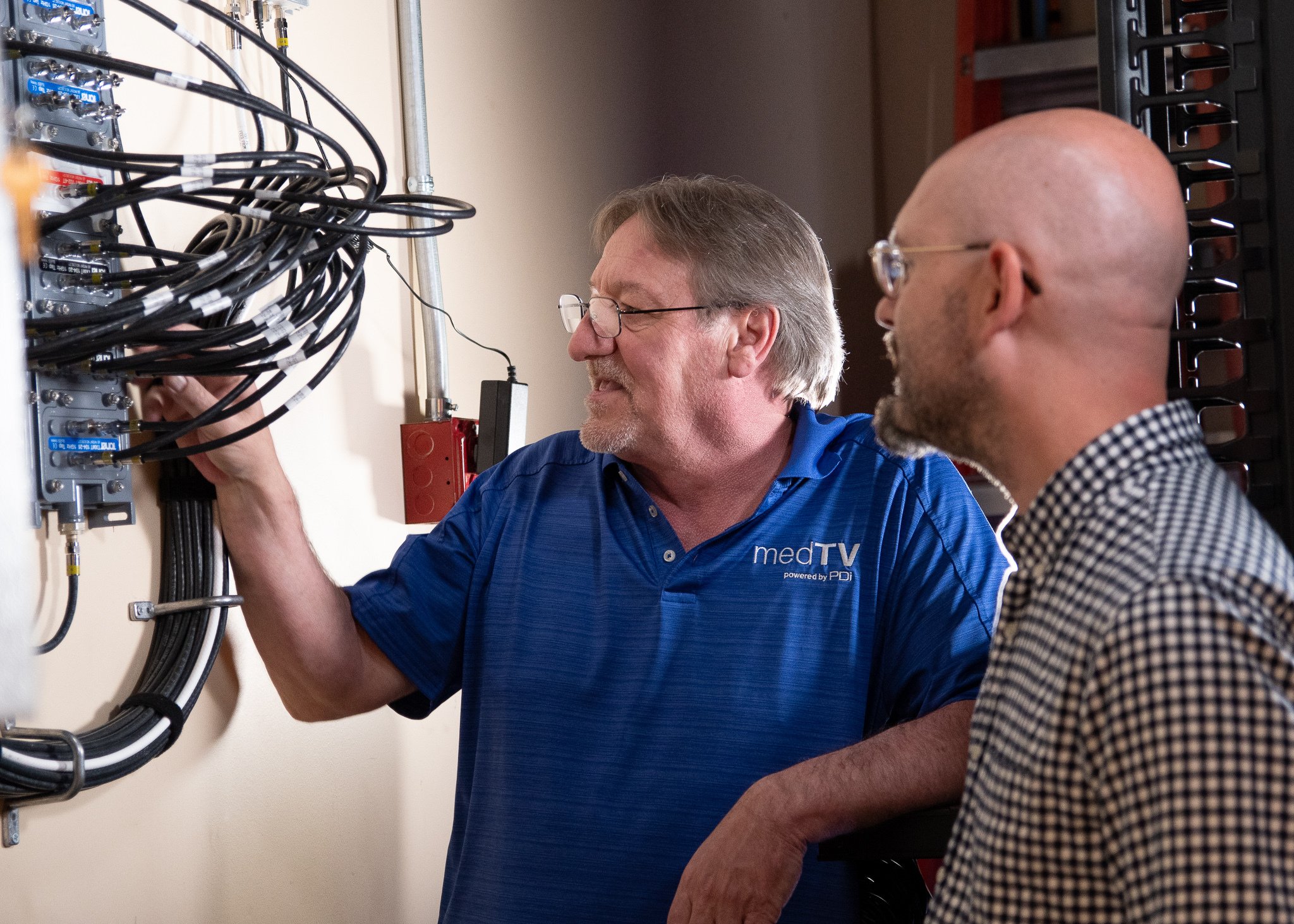
Dealing with a malfunctioning TV can be frustrating, especially when you have a history with the product and still can't pinpoint the problem. To help narrow down the issue and prevent wasting time, consider these essential checks:
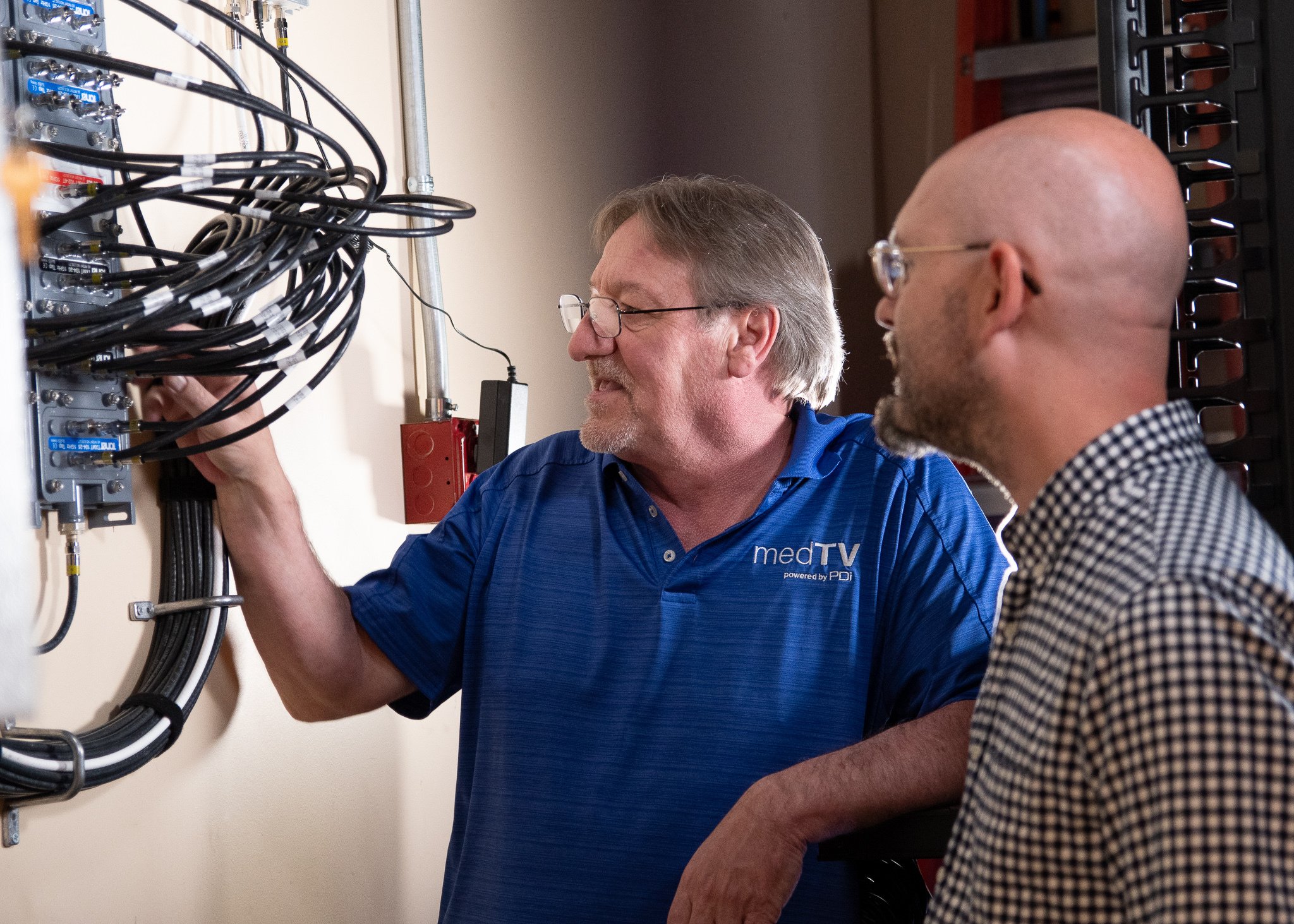
First, it’s important to determine if the problem is tied to the TV or the specific location where it’s being used.
Note: If multiple TVs are experiencing the same problem:
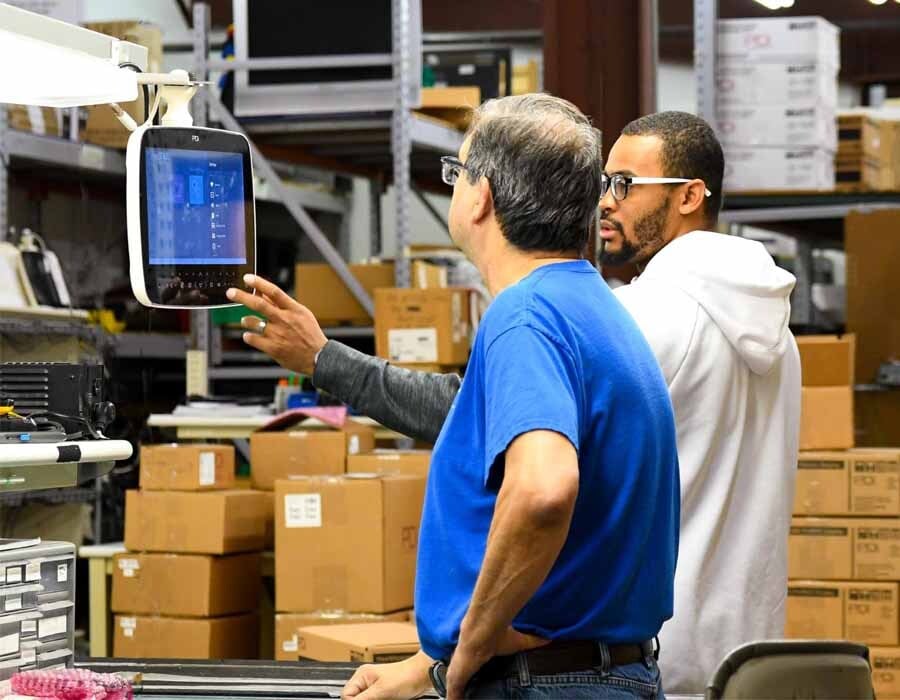
Before contacting technical support, gather the following details:
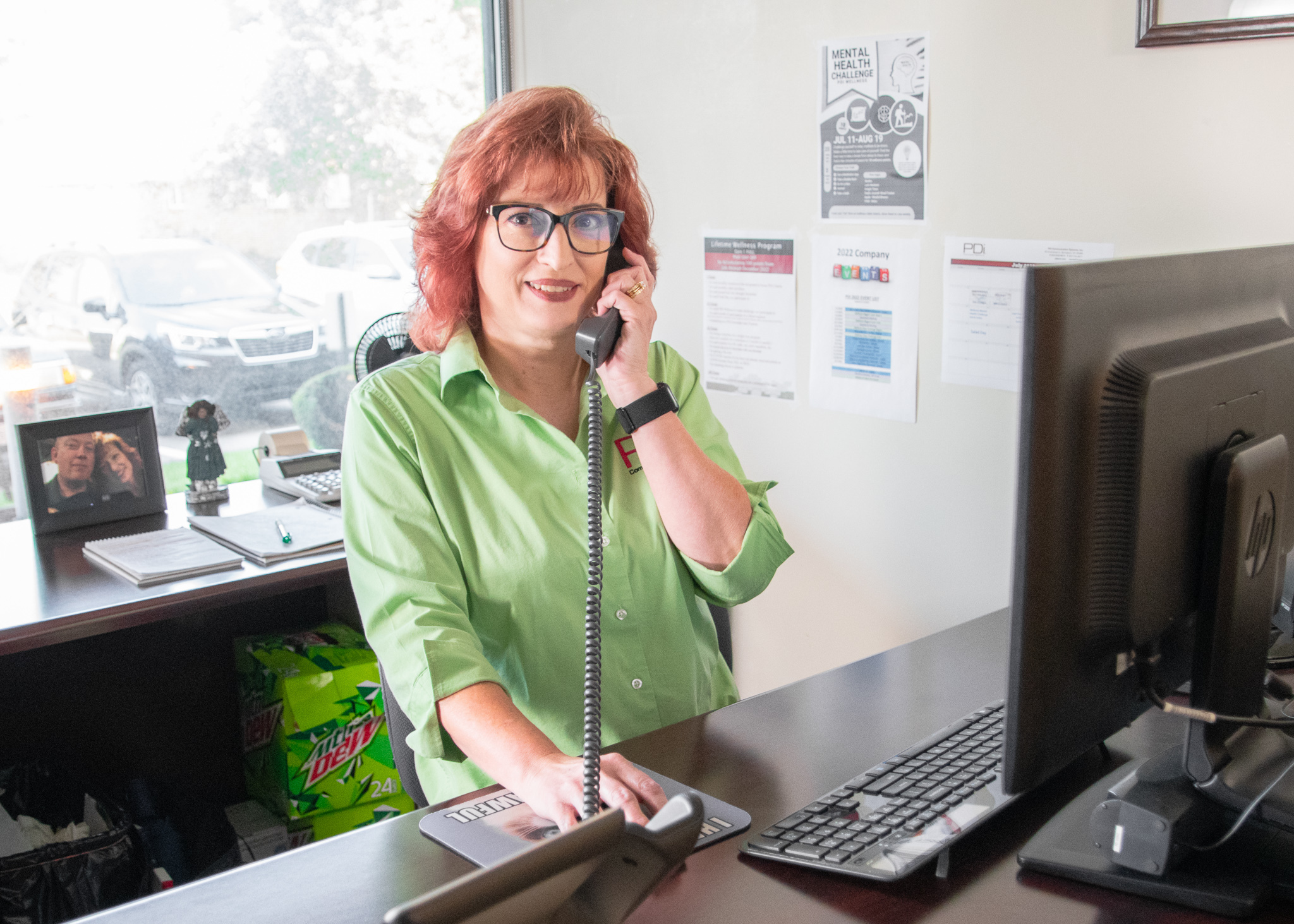
If possible, have the TV accessible on a workbench or in a location where you can follow instructions over the phone. Be ready for technical support to:
All the information you collect will be very helpful in pinpointing the issue and assisting the support team in diagnosing and resolving the problem. With your cooperation, our team can restore functionality to your device and help you avoid repair costs.
If you're sure you want to complete a product return, please submit an RMA form.

The 2025 Renal Healthcare Associate (RHA) Annual Conference is just around the corner, and it is one of the most important events for the kidney care...
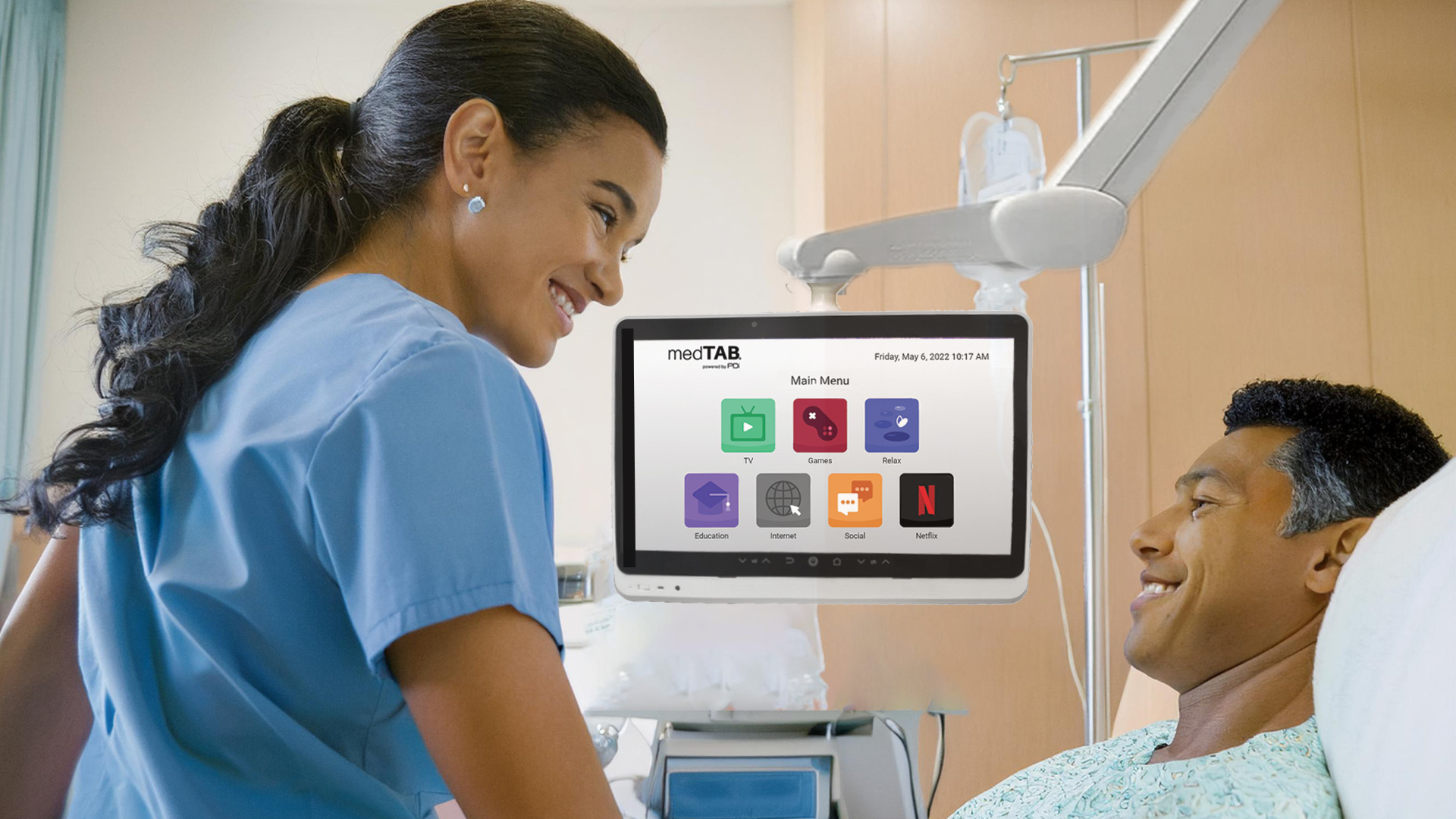
In today's healthcare landscape, patient experience is paramount. Hospitals and medical clinics are increasingly turning to innovative technologies...